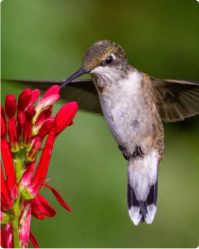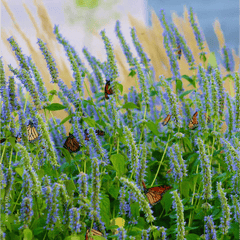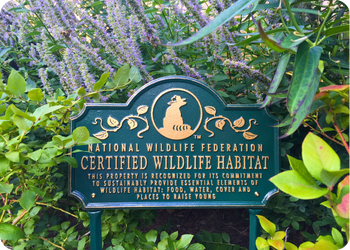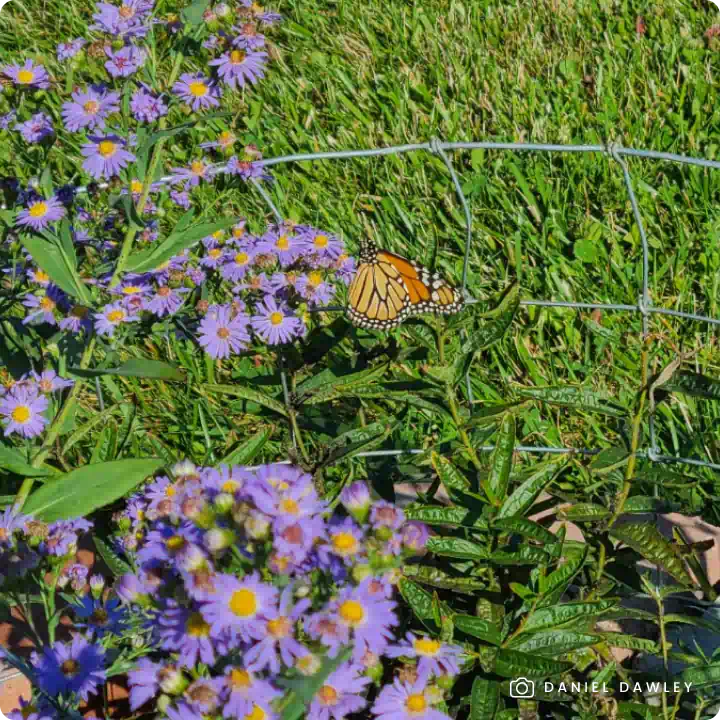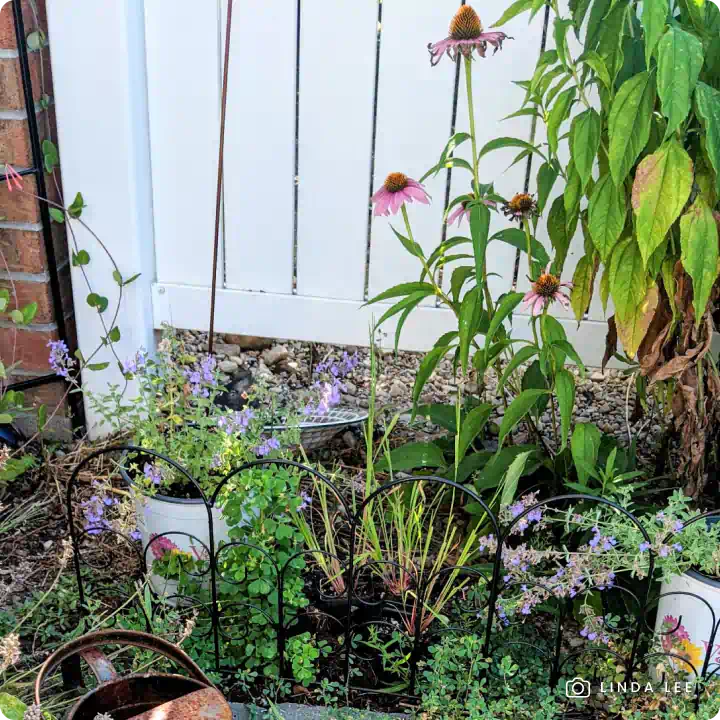The Drought Defenders Collection is specifically curated for areas where water is scarce, bringing vibrant color and ecological benefits to even the driest landscapes. These hardy native perennials are perfect for supporting pollinators, who will flock to these resilient plants from early summer through fall. Ideal for sustainable gardens, this collection is designed to thrive in drought conditions once established.
Collection Includes:
- Bluestem Goldenrod (Solidago caesia): Adds bursts of golden blooms that attract bees, butterflies, and other beneficial insects.
-
Virginia Mountain Mint (Pycnanthemum virginianum): A fragrant, pollinator favorite with clusters of delicate white flowers and unique minty fragrance.
- Eastern Columbine (Aquilegia canadensis): Bright red and yellow blooms in early summer provide an important nectar source for hummingbirds and bees.
Key Benefits:
- Adapted for Drought Conditions: These plants, once established, are tough and resilient, needing minimal water to thrive through dry spells.
- Wildlife Support: Attracts a diverse array of pollinators, including birds, butterflies, moths, and bees, fostering a healthy ecosystem.
- Perennial Beauty: Returns each year with minimal maintenance, offering sustainable beauty and ecological benefits.
- Eco-Friendly: Grown non-GMO and free of harmful neonicotinoids, promoting a safe, healthy environment for pollinators and wildlife.
- Deer Resistant: Deer-resistant once established, ensuring the plants remain a lasting feature in your garden.
Available in collections of nine, 18, or 27 plants to suit any garden size.
Why Choose the Drought Defenders Collection?
This collection combines beauty, resilience, and functionality, perfect for gardeners looking to create a low-water oasis. With blooms that attract and support a variety of pollinators, the Drought Defenders Collection enhances your garden's sustainability and appeal, even in challenging climates.
Planting Tips:
- Location: Choose a sunny or partly shaded spot with well-drained soil.
- Watering: Water regularly during the first growing season to establish roots. Once established, these plants require minimal water.
- Maintenance: Minimal care required. There's no need to deadhead the flowers, as allowing them to go to seed provides a valuable food source for birds. Leaving the stems standing in the fall offers overwintering sites for beneficial insects. If desired, cut back the stems in late spring after pollinators have emerged.
For more information on planting, view our How to Plant Your Native Plants guide and other planting tips in the Garden for Wildlife Learning Center.


